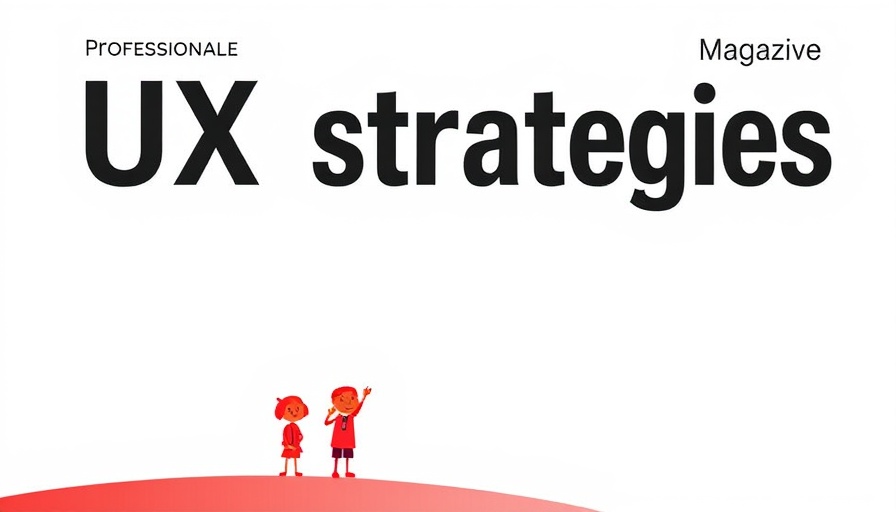
Understanding the Core Model: A Paradigm Shift in Digital Development
The Core Model offers a refreshing approach that redefines how digital solutions are crafted. Traditionally, teams rush to propose solutions at the outset, which often leads to misguided developments. By shifting focus to start from the answer rather than the solution, we reevaluate our understanding of user needs and objectives. This method not only enhances team alignment but also significantly boosts the efficacy of digital experiences.
The Six Questions: A Framework for Clarity and Collaboration
The heart of the Core Model lies in its structured inquiry. By addressing six key questions—who we want to help, what users aim to achieve, our objectives, and the necessary paths and content—we create a robust framework that aligns diverse teams. This alignment is crucial. Consider how organizations frequently find their digital projects faltering due to a lack of coherent understanding across teams. Using the Core Model ensures all members, from developers to designers, share a unified vision.
Importance of Starting With a Hypothesis
Before engaging in dialogue within teams, it is imperative to develop a core hypothesis from which discussions can be anchored. The preparation phase allows for the identification of priorities and insights that lead to more fruitful discussions. Organizations that have adopted this approach have reported marked improvements in their project outcomes, as teams validate their hypothesis rather than initiating discussions from a void.
Fostering Empathy: Target Groups at the Forefront
The Core Model advocates for developing empathy with the target group. Instead of relying solely on traditional personas, which might lack the depth required for meaningful insights, the model emphasizes understanding users through their actual experiences and needs. This nuanced approach aids digital teams in crafting solutions that resonate more authentically with the users.
Case Study: Real-World Success with the Core Model
An interesting case involves a large organization struggling with their online presence. Upon adopting the Core Model, they executed a series of workshops that incorporated the six questions framework. Results showed that the website redesign efforts not only engaged users more effectively but also significantly improved conversion rates, highlighting the importance of aligning solutions with user needs rather than preconceived ideas.
Moving Forward: The Benefits of a Structured Approach
By utilizing the Core Model, organizations can facilitate smarter decisions and develop more effective digital assets. This approach transitions teams from a state of confusion to one of clear action, ensuring that every initiative addresses both user needs and business outcomes. This effectiveness is critical in a rapidly developing digital landscape where agility and precision are paramount.
The Core Model serves as a vital resource for teams looking to harness creativity and collaborative value in their digital strategies. By embedding its principles into everyday practice, organizations can foster a culture of empathy, innovation, and results-driven outcomes.
 Add Row
Add Row  Add
Add 




Write A Comment